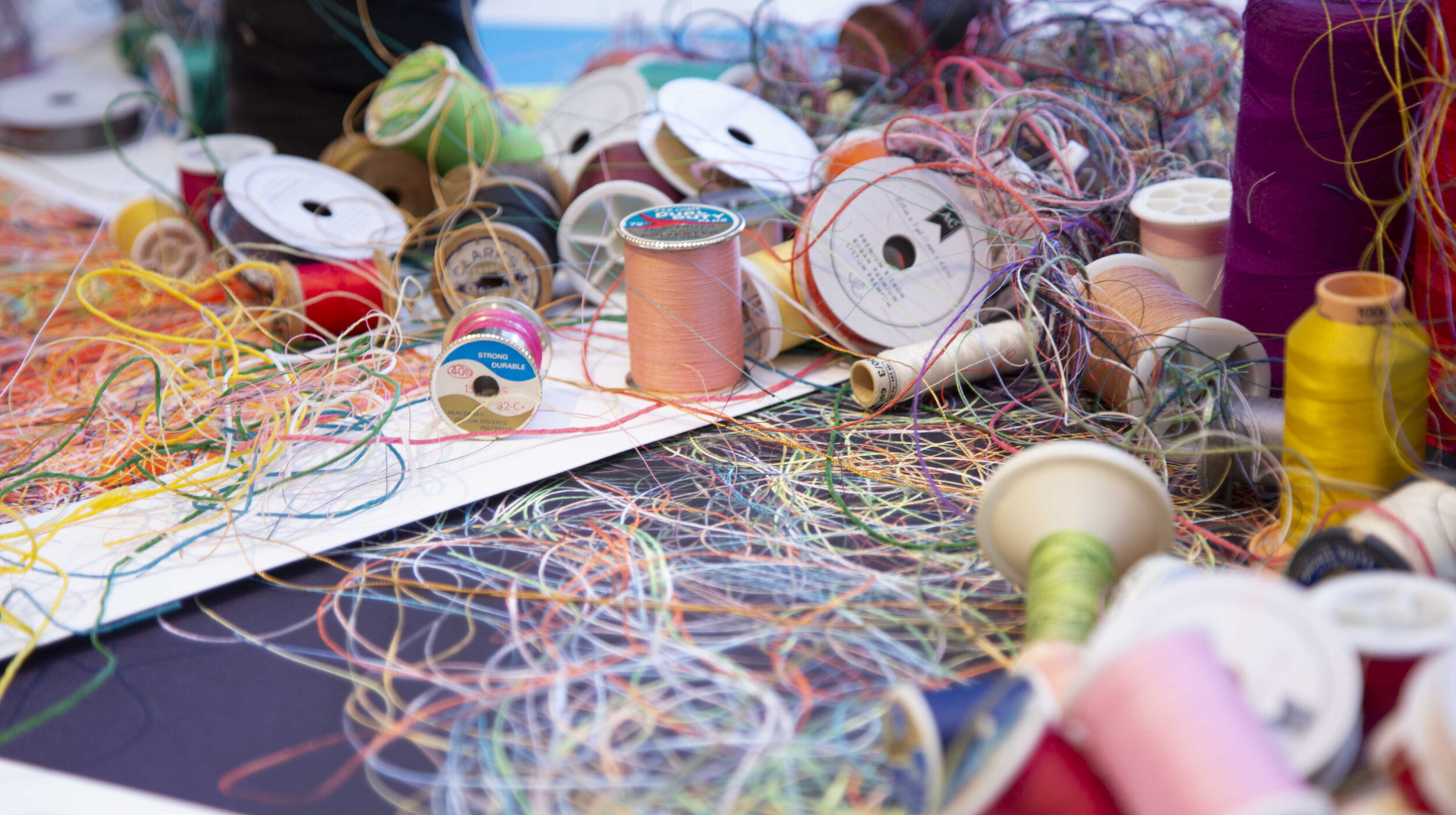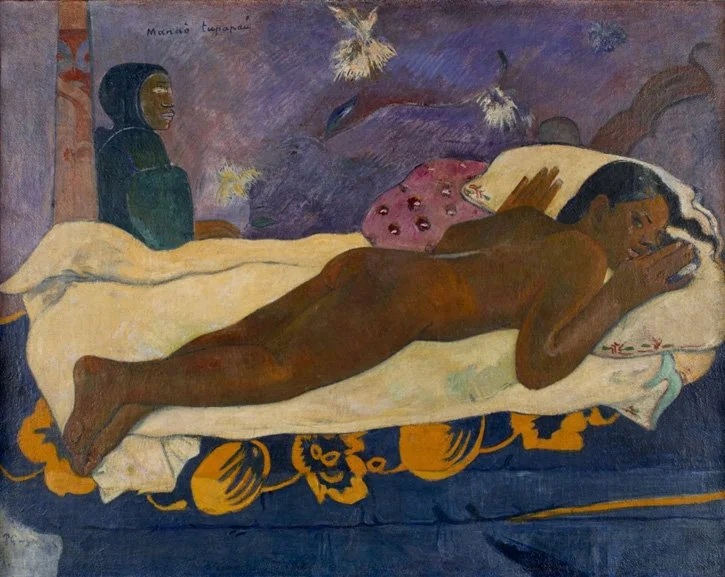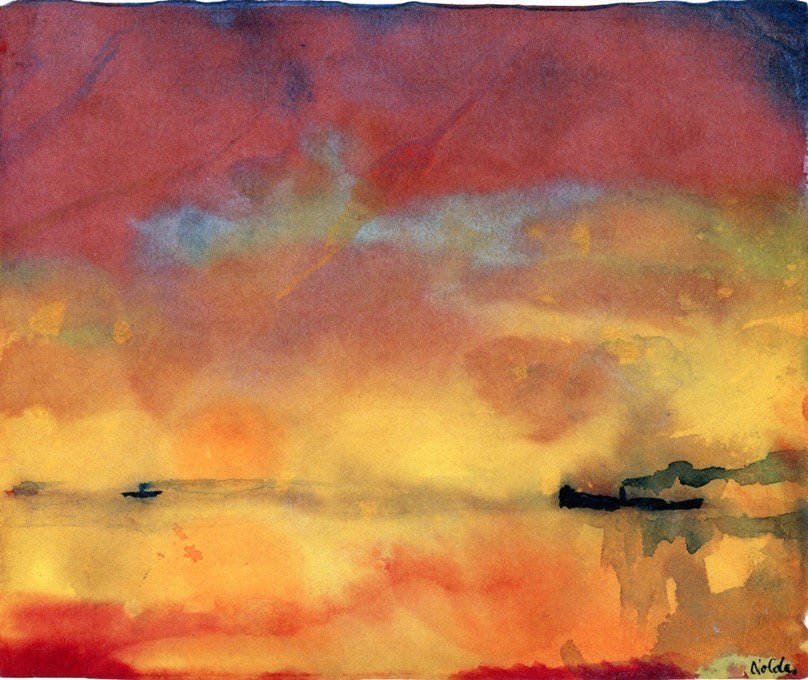
BLOG
ARTISTS HELPING ARTISTS, Part 2: Built-In Generosity —The Communal Institutions
I was fortunate enough to study contact improvisation with Steve Paxton when he taught dance at Bennington College, and to participate in a dance workshop with Trisha Brown at the Whitney Museum’s Independent Study Program—the one summer it took place in New Mexico. So, it was no surprise to me to learn that Judson Church institutionalized generosity.
When dancing contact improvisation, you have to be completely attuned to the dancers around you. It’s a form where you literally feel your way through it—one person shifting weight, another offering balance, and both trusting that the floor, and each other, will be there. Trust is the foundation of this form of dance. People who understand this know that the welfare of those around you is intrinsically related to your own.
ARTISTS HELPING ARTISTS, Part 1:The Early Acts of Kindness
It is not a secret that I am obsessed with nineteenth-century French art, but so are most people with an avid interest in art. Besides the extraordinary work produced, the interpersonal relationships are also highly interesting, both the rivalries and the mutual aid. Monet could not have survived without Bazille; the Impressionists probably would not have been shown without Caillebotte. Rodin both helped and undermined Camille Claudel. And, of course, what would have happened to Van Gogh without Theo?
ARTISTS BEHAVING BADLY
I don’t want euphemism. I don’t want erasure. I can acknowledge unforgivable acts and still argue the work belongs in public, framed honestly. I don’t want the truth whitewashed, and I don’t want the art erased. The real discipline is holding contradictory facts in your head without sanding them down, letting the discomfort do its work.
WHEN ARTISTS’ VISION BECOMES CINEMA
In my last post, I wrote about artists whose eyesight shaped their work—Monet, Degas, O’Keeffe, Chuck Close, and others. Their paintings bear the trace of cataracts, macular degeneration, blindness, or simply a different way of seeing. But sometimes words and canvases aren’t enough—we want to see these struggles brought to life. Luckily, filmmakers have been fascinated with the same question: what happens when an artist’s vision changes?
WHEN THE BRAIN SEES
Most people think that seeing happens in the eyes. Light enters, the eye focuses, and the image appears. Simple. But the real story of vision is stranger than that. Our eyes collect information, yes—but the brain does the heavy lifting. It edits, organizes, fills in gaps, and sometimes invents. And every so often, the system glitches in ways that can be terrifying, beautiful, or both.
WHEN ARTISTS CAN’T SEE CLEARLY
I’ve been thinking about eyesight lately, for obvious reasons. Cataract surgery is on my horizon, and as a painter, the prospect of altered vision feels both frightening and strangely fascinating. Artists have always made work with the bodies and eyes they have—sometimes diminished, sometimes distorted—and the art often bears witness to those changes.
AN ONCOLOGIST AND AN ARTIST WALK INTO A BAR . . .
After my opening at the Soprafina Gallery in Boston several years ago, friends invited me to dinner with their friends—an oncologist and his wife. Over the meal he told me about his research. He had access to mountains of data collected from patients over many years, and he and his team were struggling to mine the information for patterns that might predict cancer.
NICK BENSON: A FRIEND, A MASTER, A MUSE
Nick isn’t just any stone carver—he’s a third-generation master, leading The John Stevens Shop in Newport, Rhode Island. When you peel back the layers, though, what strikes me most isn’t his lineage—it’s his heart. He learned the trade from his father*, soaking up calligraphy and type design in Basel, then returned to reinvent what hand-lettered stone could be.
THREAD LINES AND SPIRIT LINES
When I first saw Georgiana Houghton’s spirit drawings, I felt an instant, almost bodily recognition: Oh, she was listening to the same hum. Houghton, a Victorian gentlewoman (1814-1884), claimed that spirit guides—Titian, Correggio, and dead relatives, moved her hand. The result was a web of translucent strands, loops, and knots so intricate that even now they look as if they’ve been plotted by software. No horizon, no figure: just thread-like energy fields curling across the page.
FREQUENCIES: Painting the Invisible
When viewers walk into my new exhibition, FREQUENCY, I want them to feel as if they’ve stepped inside light itself—where color doesn’t sit politely on a surface but vibrates through the body like sound through a tuning fork. These paintings grew out of two earlier bodies of work, Unified Field and Lightness of Being, yet they push even further into that liminal territory where surface, light, and matter dissolve into one radiant continuum.
COLOR IS VIBRATION— Ask Turrell, Agnes Martin, or Anyone Who’s Stood in Front of My Paintings
When I start a canvas I’m not really mixing paint; I’m tuning a field of tiny radio stations that happen to live in the visible band of the electromagnetic spectrum. Red light hums along at roughly 620–750 nanometers—about 400 terahertz in frequency—while violet screams past at closer to 380 nanometers, almost 790 terahertz . Knowing that lets me steer feeling with a bit more intention.
BETWEEN PALETTE AND PROPAGANDA: Emil Nolde’s Troubled Dance With Nazi Germany
Nolde’s story warns that persecution alone does not equal resistance: an artist can be both victim and believer, oppressed by aesthetic policy yet thrilled by the ideology behind it. For museums and viewers, the question is not whether to hang his blazing reds and violets, but how—with letters, party documents, and wall texts that refuse the old romance of the misunderstood genius.
STONE WITNESS: Käthe Kollwitz’s Quiet Resistance under the Third Reich
When the Nazis seized power in January 1933, Käthe Kollwitz was sixty-five and, by common consent, the moral conscience of German art. Her dark lithographs of hunger, rebellion, and mourning hung in museums across the country; newspapers called her “the mother of the nation.” She might have retreated into safe respectability. Instead, four weeks after Hitler became chancellor, she put her name to a petition urging the Left to unite against him.
“PAINT ME AS YOU WOULD A SHADOW”: Felix Nussbaum’s Long Hide-and-Seek With the Third Reich
A decade earlier Nussbaum had been the bright hope of Osnabrück, the surgeon’s son who won the Rome Prize and sketched street scenes on the Via Appia. But late in 1933 Alfred Rosenberg, Hitler’s cultural commissar, strode through the German Academy in Rome to inspect its “racial hygiene.” Modernists and Jews were persona non grata; Felix was both. Overnight he and his Polish-born partner, the painter Felka Platek, fled Italy with two suitcases of clothes and a portfolio of half-dry oils.
A SUITCASE IN THE OLIVE GROVE:Charlotte Salomon’s Fierce Waltz With History
The story starts with a battered leather suitcase, the kind that creaks when you unlatch it. Inside are 769 sheets of cheap French drawing paper, layered like stage flats: gouache scenes, penciled dialogue, and musical notes scrawled in the margins. Together they form Leben? oder Theater?—Life? or Theatre?—the autobiographical epic Charlotte Salomon painted in hiding between 1940 and 1942.
THE DELICATE UNWRAPPING: How Japonism Took Root in France
The story of Japonism in France begins, unexpectedly, with the hum of Dutch trade ships. For over two centuries, while Japan remained closed to most foreign contact under the Tokugawa shogunate’s sakoku policy, a small Dutch trading post on the artificial island of Dejima in Nagasaki Bay served as the sole Western gateway to Japanese goods. Porcelain, lacquerware, and rare silks quietly flowed into Europe, but few could imagine that humble woodblock prints, used at times as wrapping paper to cushion these exports, would one day ignite an artistic revolution.
MARGUERITE MATISSE: A Daughter's Courage in Occupied France
In dawn of the 20th century in France was marked by a vibrant and transformative artistic landscape, with the Impressionist movement having laid a fertile ground for the emergence of diverse modern art expressions.1 At the heart of this era stood Claude Monet, a foundational figure of Impressionism, celebrated for his profound ability to capture the subtle nuances of light and his dedication to exploring singular subjects through extensive series of paintings. Among his most iconic works are those depicting water lilies, a subject with which his name became intrinsically linked in the public consciousness.
HOKUSAI: A MASTER OF TWO WORLDS - HOW WESTERN ART SHAPED A JAPANESE ICON
Katsushika Hokusai (1760-1849) stands as a titan in the world of art, his iconic woodblock print, "The Great Wave off Kanagawa," instantly recognizable across cultures and time.1 His career, spanning over eight decades, yielded thousands of paintings, prints, and book illustrations, showcasing his mastery of ukiyo-e and an insatiable artistic curiosity.1 Yet, a fascinating question arises when examining his work: how did European art influence Hokusai, an artist who lived during a period when Japan was largely closed off from the Western world?


















